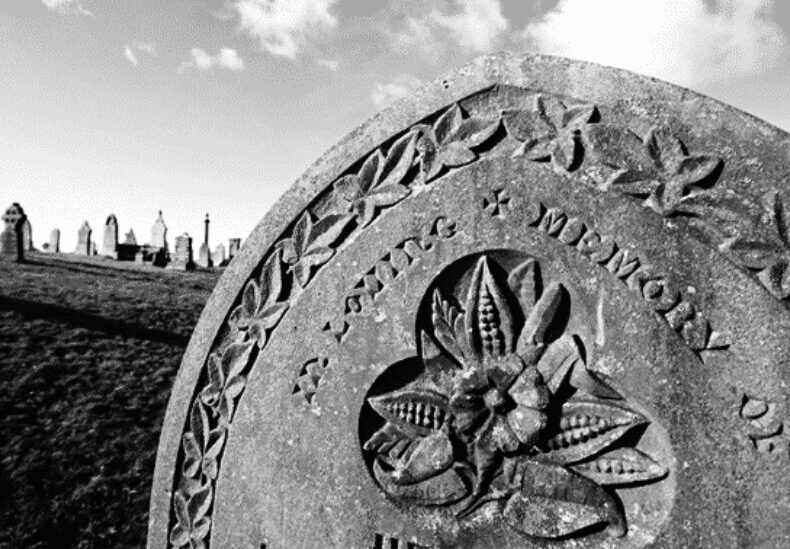
Epitaphs Through Time: The Most Poignant & Unusual Tombstone Inscriptions
What do you want your final words to be? Some choose love. Others lean on humour. A few settle scores or whisper secrets from the grave. Epitaphs—the engraved inscriptions on tombstones—are more than stone-carved summaries. They’re time capsules. Echoes. Punchlines. They give us a glimpse into lives once lived and values long held.
From ancient poetic elegies to modern snarky one-liners, epitaphs have always danced on the border between the sacred and the absurd. This post takes you on a 2,000-year stroll through cemeteries, both literal and metaphorical, uncovering the most touching, peculiar, and unforgettable epitaphs ever etched in stone.
Contents
- The Origins of Epitaphs: A Brief Historical Context
- Poignant Epitaphs: Grief Carved in Stone
- Unusual Epitaphs: Death with a Dash of Humor
- Epitaphs as Miniature Biographies
- Epitaphs in Pop Culture and Literature
- Modern Epitaphs: From QR Codes to Custom Fonts
- Bottom Line
- FAQs
The Origins of Epitaphs: A Brief Historical Context
Before we had Instagram bios, humans used tombstones to sum themselves up. The tradition of epitaphs dates back to ancient Egypt and Greece, where inscriptions were often somber and poetic.
Roman epitaphs introduced personal flair, sometimes listing professions, military ranks, or even grievances.
One Latin example reads: “Stranger, go tell the Spartans that we lie here, obedient to their laws.” A powerful mixture of duty and drama, right?
Over time, as literacy expanded, epitaphs became more accessible and creative. By the Victorian era, they were practically an art form—complete with symbolism, elaborate fonts, and full family histories chiseled into marble.
Poignant Epitaphs: Grief Carved in Stone
Some epitaphs cut straight to the heart. They echo universal themes of love, loss, and legacy.
1. “She hath done what she could.” This humble line, often found on women’s graves in the 19th century, speaks volumes. It acknowledges limitations whilst honouring effort—a tender nod to lives lived in quiet resilience.
2. “Sleep, my little one, sleep.” Found on children’s graves, these short lines are hauntingly sweet. They remind us that grief has no age limit, and neither does the human desire to offer comfort.
3. “The song is ended, but the melody lingers on.” Borrowed from Irving Berlin, this epitaph is both poetic and powerful. It implies that memory—like music—resonates even after the performance ends.
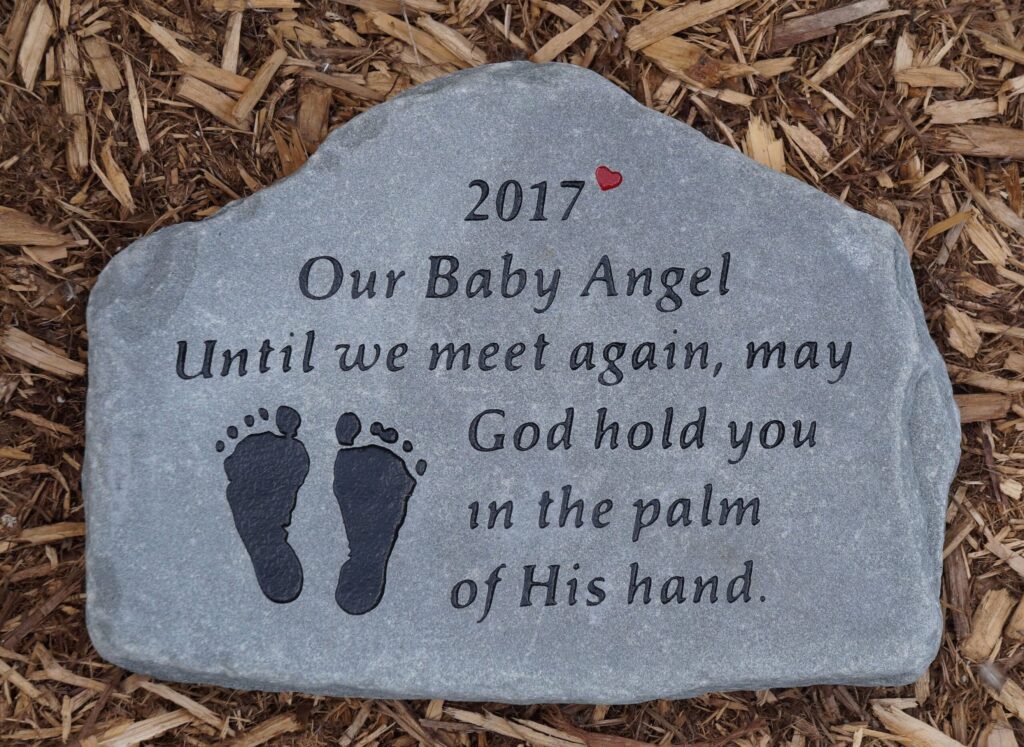
Unusual Epitaphs: Death with a Dash of Humor
Death, believe it or not, can be funny. Not everyone chooses solemnity. Some people go to their graves cracking jokes or making bold statements.
1. “I told you I was sick.” Possibly the most famous comedic epitaph, this line has appeared on tombstones from Key West to Yorkshire. It’s the ultimate “I told you so.”
2. “Here lies an atheist. All dressed up and no place to go.” Witty and provocative, this inscription pokes fun at both religious expectations and existential uncertainty.
3. “This is the last damn thing I’ll ever do!” A cheeky rebellion against mortality itself. It suggests that even in death, the deceased had the final say.
Humour in epitaphs serves as a kind of rebellion—a middle finger to the reaper. It’s also deeply human. After all, if you can’t laugh at death, what’s left?
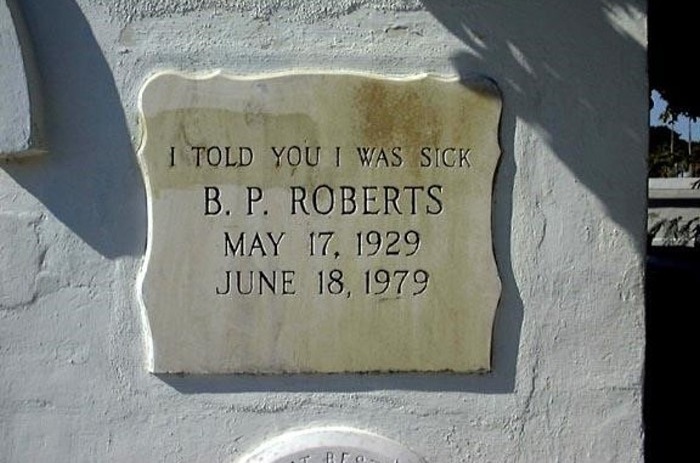
Epitaphs as Miniature Biographies
Think of epitaphs as tweets before Twitter. The constraint of space forces creativity.
1. “Beloved Mother, Teacher, and Friend.” This common format hits all the marks—family, vocation, and social value—in under ten words.
2. “He loved bacon, bourbon, and bad decisions.” Short, spicy, and entirely unique. This kind of epitaph tells you exactly what kind of life was lived, no footnotes required.
3. “He never met a stranger.” A beautiful way to say someone was endlessly welcoming. A personality distilled into one line.
These inscriptions go beyond facts; they aim to distill a soul.

Epitaphs in Pop Culture and Literature
Writers and creatives have long played with epitaphs. Shakespeare famously wrote his own:
“Good friend, for Jesus’ sake forbear, To dig the dust enclosed here. Blessed be the man that spares these stones, And cursed be he that moves my bones.”
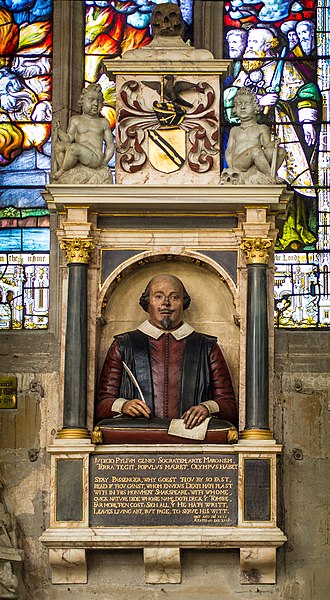
Mark Twain once quipped that his epitaph should read:
“I came in with Halley’s Comet… It is coming again … and I expect to go out with it.”
He did.
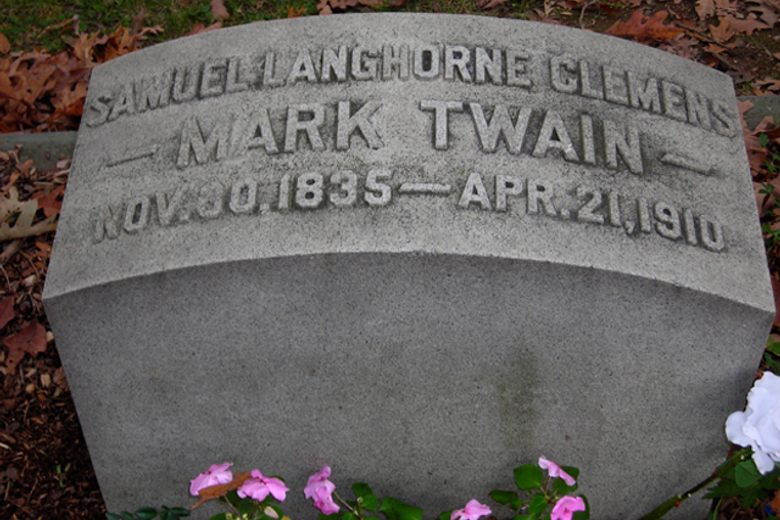
These epitaphs extend a voice beyond the grave—sometimes prophetic, sometimes poetic.
Modern Epitaphs: From QR Codes to Custom Fonts
Today, epitaphs are getting a digital upgrade. Some headstones now feature QR codes linking to online obituaries, videos, or memorial pages.
Others use custom fonts, logos, or even emojis. (Yes, you read that right—emojis.)
Whilst traditional epitaphs still hold sway, technology is changing how we remember. As society shifts toward personalisation in every aspect of life, it’s no surprise that even our gravestones are becoming customisable.
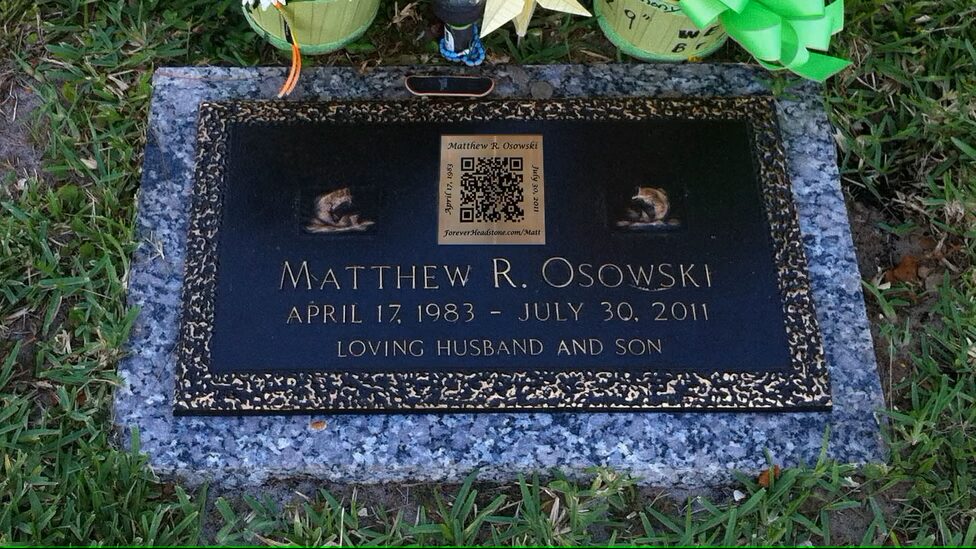
Bottom Line
Epitaphs are more than final thoughts. They’re immortal post-it notes, left behind to inspire, entertain, or provoke. They tell us what mattered to someone—or what they wanted us to think mattered.
Whether mournful or mischievous, every epitaph is a legacy in miniature. A distilled identity. A literary wink from the great beyond.
So here’s a rhetorical question worth pondering:
If you had one line to define your life, what would it be?
FAQs
Epitaphs date back to ancient civilisations like Egypt, Greece, and Rome. They were initially poetic or honourific and evolved over time with cultural shifts.
Not necessarily. Humour can be a coping mechanism and a way for the deceased to express personality, even in death.
Absolutely! Many people pre-plan their epitaphs as part of their legacy or funeral arrangements.
Yes, cemetery guidelines and local laws can restrict language or themes, especially if they’re considered offensive.
Modern epitaphs may include QR codes, multimedia links, or even emojis—blending tradition with tech to preserve memory in a digital age.
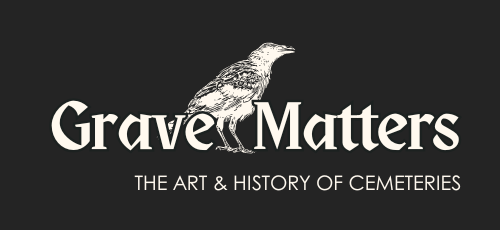
Leave a Reply